“Your core is your second spine — protect it like one.”
As we age, simple movements like getting out of bed, bending to pick something up, or standing for long periods can become unexpectedly difficult. But did you know the culprit is often weak lower abdominal muscles?
While upper abs tend to get more attention in workouts, it’s the lower abs that play a crucial role in pelvic stability, posture, and spinal support — especially for seniors. Strengthening them isn’t just about fitness — it’s about fall prevention, independence, and reducing back pain.
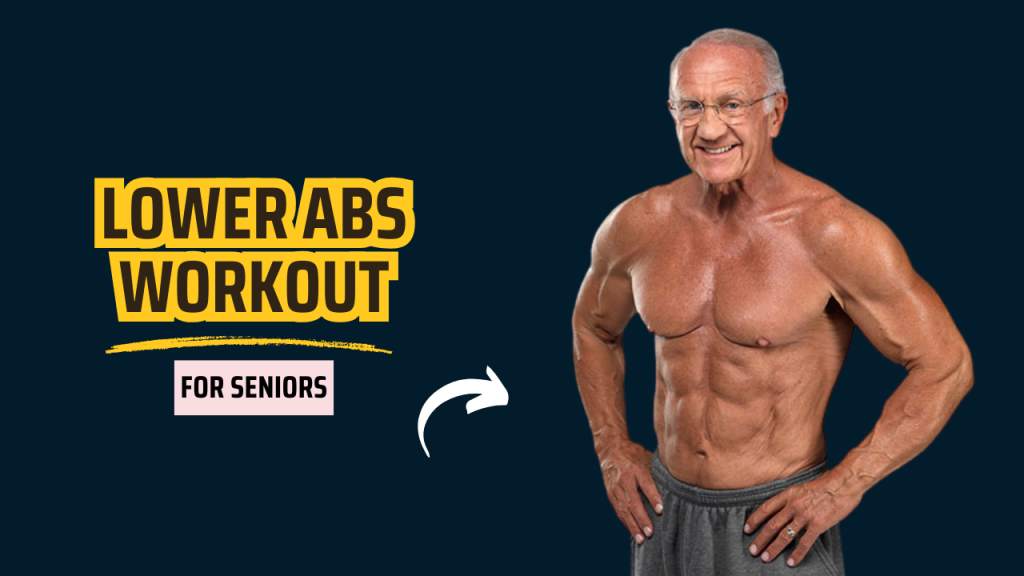
What Can Happen After 30 Days of Lower Abs Exercise for Seniors
| Benefit | What You May Notice |
|---|---|
| Improved Core Strength | Everyday movements (like standing up or walking) feel easier and more stable. |
| Better Posture | You sit and stand taller with less slouching, reducing spinal stress. |
| Reduced Lower Back Pain | Less tension or aching in your lower back due to improved support from core muscles. |
| Enhanced Balance | Fewer wobbles and increased confidence when moving or turning. |
| Increased Energy | Stronger muscles make daily tasks less tiring. |
| Better Pelvic Stability | Reduced risk of urinary incontinence and improved mobility. |
| More Flexibility | Gentle stretching during exercises improves range of motion. |
| Mood Boost | Light physical activity releases endorphins, helping fight fatigue and mild depression. |
| Improved Digestion | Better posture and gentle core movement help reduce bloating and aid digestion. |
| Greater Independence | You feel more in control of your body, with improved confidence doing tasks alone. |
Did You Know?
Most age-related back pain in older adults is linked more to core instability than spinal degeneration. A weak core leads to compensation by other muscles, which causes strain and injury.
Why Seniors Need Lower Abs Training
Lower abdominal muscles support your lumbar spine and pelvis, helping you stay upright and balanced. Here’s why targeted training for seniors matters:
- Spinal Support: Strong lower abs relieve pressure on the lower back.
- Better Balance: A stable core reduces the risk of falls — a leading cause of injury in seniors.
- Improved Mobility: Everyday tasks like walking, lifting, and turning become easier.
- Enhanced Digestion & Breathing: Core engagement improves posture, which supports internal organ function.
Myth Buster: “Sit-ups strengthen your core.”
Not quite — traditional sit-ups often overwork the hip flexors and stress the neck and spine, especially risky for seniors. Gentle, low-impact movements are safer and more effective.
Key Guidelines Before You Start
- Warm-Up First: Always begin with 5–10 minutes of light movement like marching in place or arm circles.
- Use a Chair or Mat: Support and comfort are crucial. A firm chair or yoga mat is ideal.
- Breathe Through Movements: Exhale during exertion, inhale during relaxation.
- Pain is a No-Go: Gentle soreness is okay, but stop if you feel pain in the joints or back.
- Progress Slowly: Start with 1–2 sets, then increase based on comfort.
Lower Abs Workouts for Seniors: Safe & Effective
All of these exercises are low-impact, spine-friendly, and can be done at home.
1. Seated Knee Lifts
How to Do It:

- Sit on a sturdy chair, back straight, feet flat.
- Grip the sides of the seat for support.
- Slowly lift one knee toward your chest.
- Hold for 2 seconds, lower it down, and switch legs.
Reps: 10 per leg
Why It Works: Activates lower abs without putting strain on the spine.
2. Pelvic Tilts (Floor or Bed)
How to Do It:
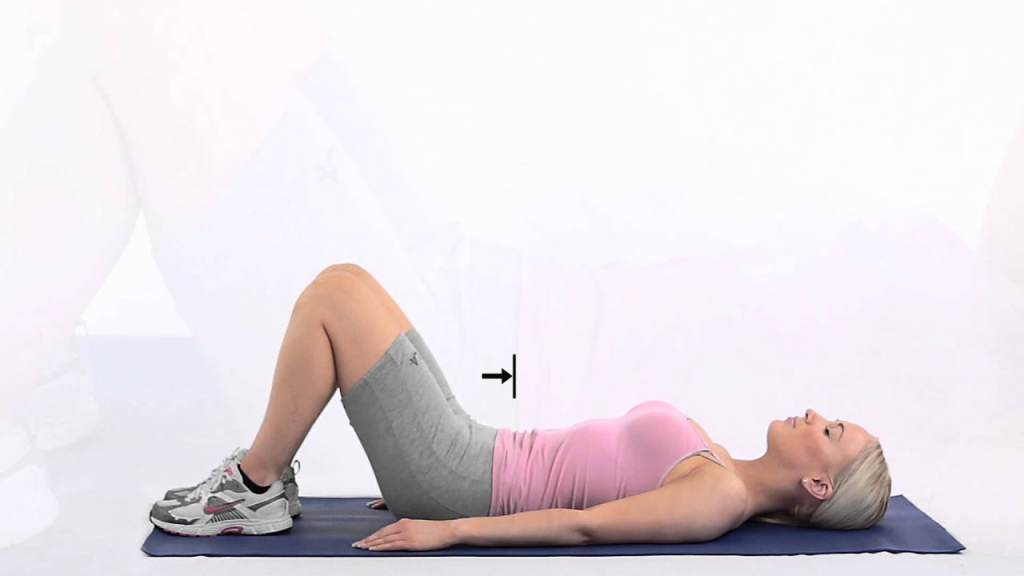
- Lie on your back with knees bent, and feet flat.
- Tighten your lower belly muscles, pressing the lower back gently into the floor.
- Hold for 5 seconds, release.
Reps: 10–12
Bonus: Helps improve spinal alignment and relieve tension in the lower back.
3. Heel Slides
How to Do It:
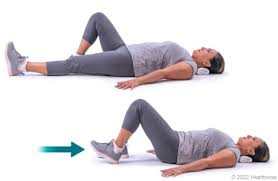
- Lie on your back, knees bent.
- Engage your core and slowly slide one heel away along the floor.
- Keep your back flat. Return and switch legs.
Reps: 10 per leg
Why It’s Gentle: Builds strength while minimizing spine movement.
4. Standing Marches (With Support)
How to Do It:
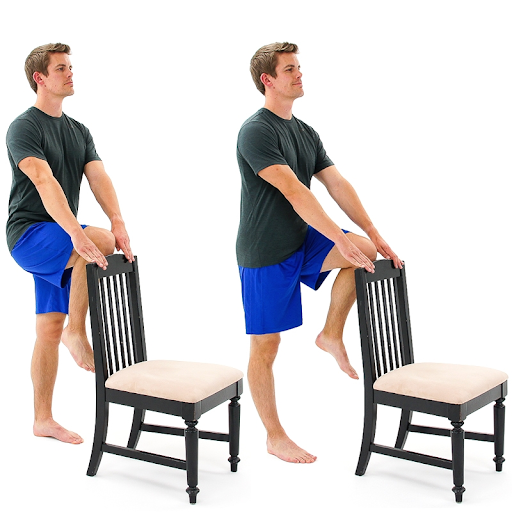
- Stand behind a chair, holding the backrest for support.
- Slowly lift one knee up to hip level, lower it, then switch legs.
Reps: 10–15 per leg
Pro Tip: Engage your core while lifting to enhance abdominal activation.
5. Dead Bug (Modified)
How to Do It:
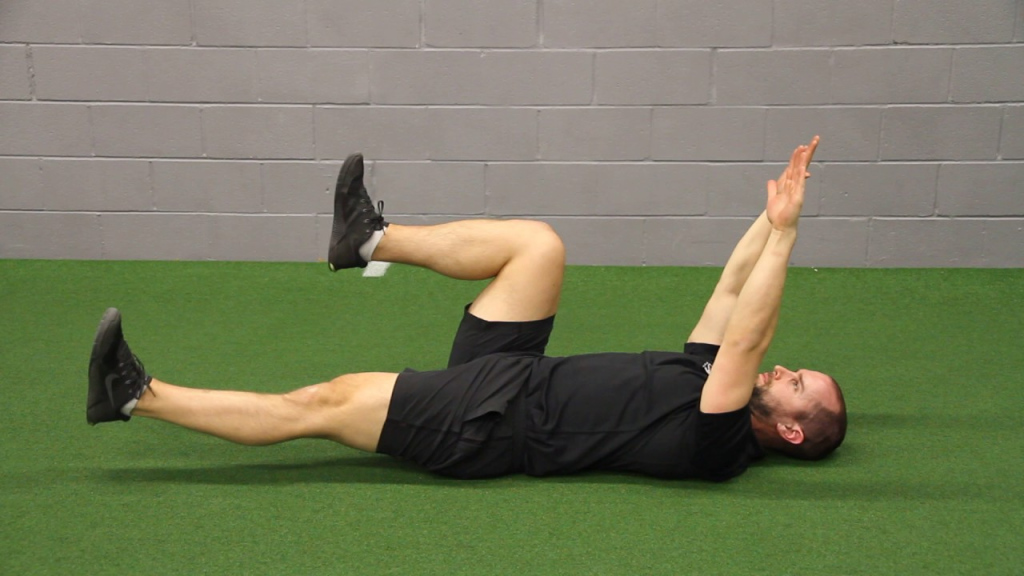
- Lie on your back with knees raised, and arms extended toward the ceiling.
- Lower one arm and the opposite leg simultaneously (just a few inches off the ground).
- Keep your back flat. Return and switch sides.
Reps: 8 per side
Why It’s Effective: Builds cross-body core coordination and spinal stability.
Bonus: Core Isn’t Just Abs
Many seniors think “core” only means abdominal muscles. But in truth, your entire trunk — including your obliques, lower back, and pelvic floor — plays a role. These workouts indirectly stimulate those areas, promoting full-core health.
Safety Tips for Seniors
- Consult your doctor before starting any new exercise if you have chronic conditions.
- If you’re new to exercise, start with a physical therapist or senior fitness class.
- Use supportive surfaces and avoid slippery floors.
- Always hydrate and rest if needed.
Conclusion: A Stronger Core, A Healthier You
You don’t need intense crunches or planks to build lower abs. With a few gentle, targeted movements, you can boost your core strength, protect your spine, and regain confidence in daily movement.
Age doesn’t limit strength — lack of movement does. Start slow, stay consistent, and feel the difference in your posture, balance, and energy.
Interesting Fact:
The transverse abdominis, the deepest abdominal muscle, acts like a natural corset for your spine. Strengthening it can help reduce waist size and lower back pain — no surgery is needed!
Frequently Asked Questions (FAQs)
Are lower abs workouts safe for seniors?
Yes, when done gently and correctly, lower abs workouts are very safe and beneficial for seniors. They help improve balance, posture and reduce back pain. Always start slowly and consult a healthcare provider if you have any medical conditions.
How often should seniors do lower abs workouts?
2–3 times per week is ideal for most seniors. This allows muscles to strengthen and recover without overexertion. Consistency is more important than intensity.
Can these exercises help with back pain?
Absolutely. Weak lower abdominal muscles can contribute to poor spinal support, leading to back pain. Strengthening them helps stabilize the spine and may reduce or prevent discomfort.
What if I can’t get on the floor?
No problem. Many exercises, like seated knee lifts and standing marches, can be done from a chair or in a standing position with support. Choose what feels comfortable and safe for your mobility level.
Do I need equipment to do these workouts?
No special equipment is needed. A sturdy chair, yoga mat, or even your bed can be used for most exercises. If desired, you can add light resistance bands later as you progress.
Is it normal to feel sore after exercising?
Mild soreness is common and indicates your muscles are being activated. However, sharp or lingering pain is not normal — stop the exercise and consult a professional if that occurs.
Are there any specific exercises seniors should avoid?
Yes. Seniors should generally avoid high-impact moves, full sit-ups, crunches, or any movement that strains the neck or lower back. The exercises listed in this guide are designed to be safe alternatives.
Should I consult a doctor before starting these workouts?
It’s highly recommended, especially if you have chronic conditions like osteoporosis, herniated discs, or heart issues, or are recovering from surgery. A professional can guide you safely.





